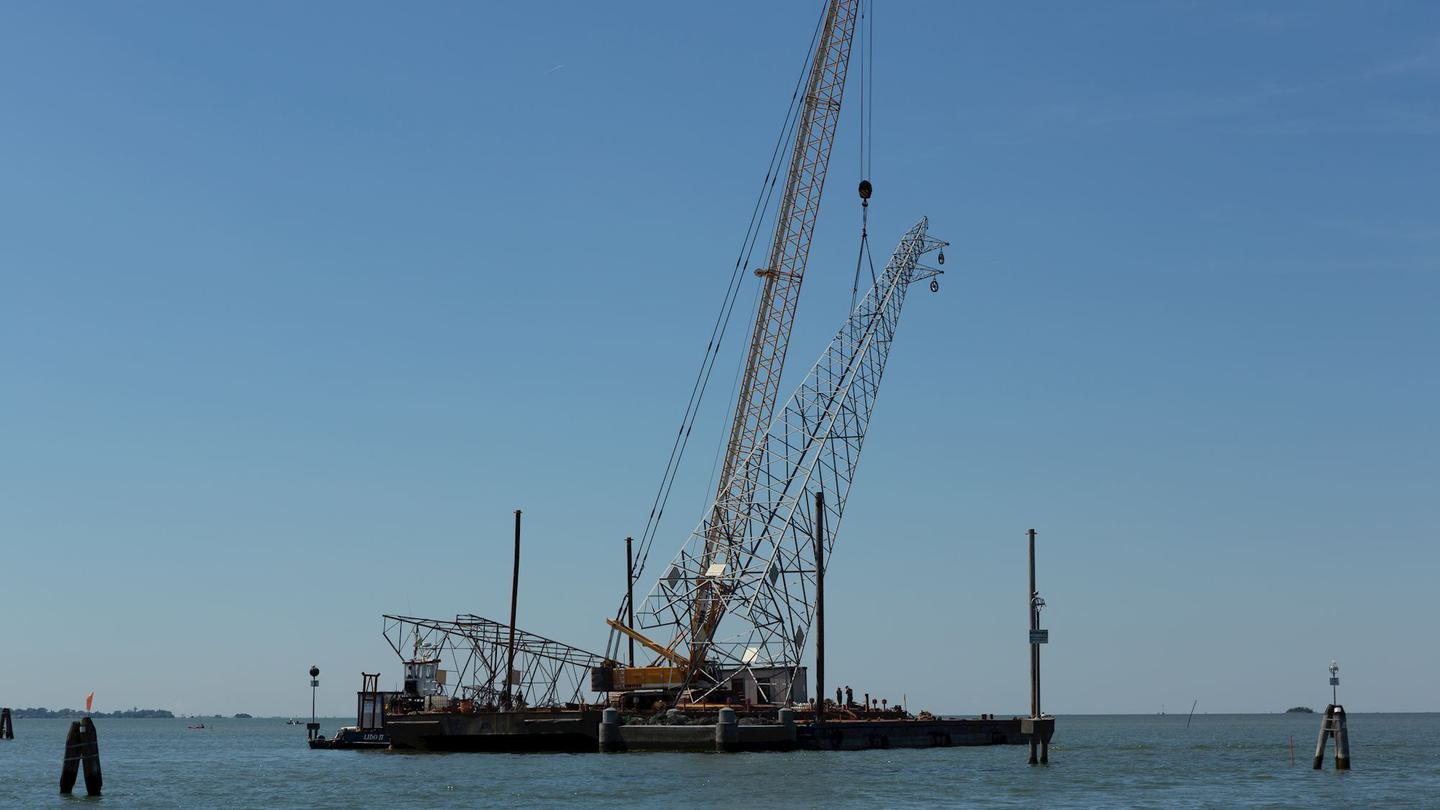Terna has taken another step in its green finance strategy. Last 17 July, the group launched its third green bond: a new half-billion bond for financing (or refinancing) projects that make a positive and substantial contribution to the environment. The first issue was in July 2018, exactly two years ago, when 750 million were raised on the market, for a duration of 5 years at a rate of 1%. Resuming this issue, the group then launched a green bond in the form of private placement for a total of 250 million in January 2019. The second green bond, instead, dates back to April 2019 and was worth half a billion (with demand 7 times higher than supply), again at 1%.
The recent issue, aimed at institutional investors, also has a nominal value of € 500 million (even though demand is four times supply, exceeding € 2 billion), but above all - demonstrating Terna's commitment to fully integrating the concept of sustainability into its financial strategy - it will pay an effective rate of 0.78%, the lowest ever achieved among Italian corporate bonds both for green bonds and, in general, for issues over 10 years. The green bond will have a duration of twelve years and fall due on 24 July, 2032 and a price of 99.623% with a spread of 90 basis points compared to the midswap.


